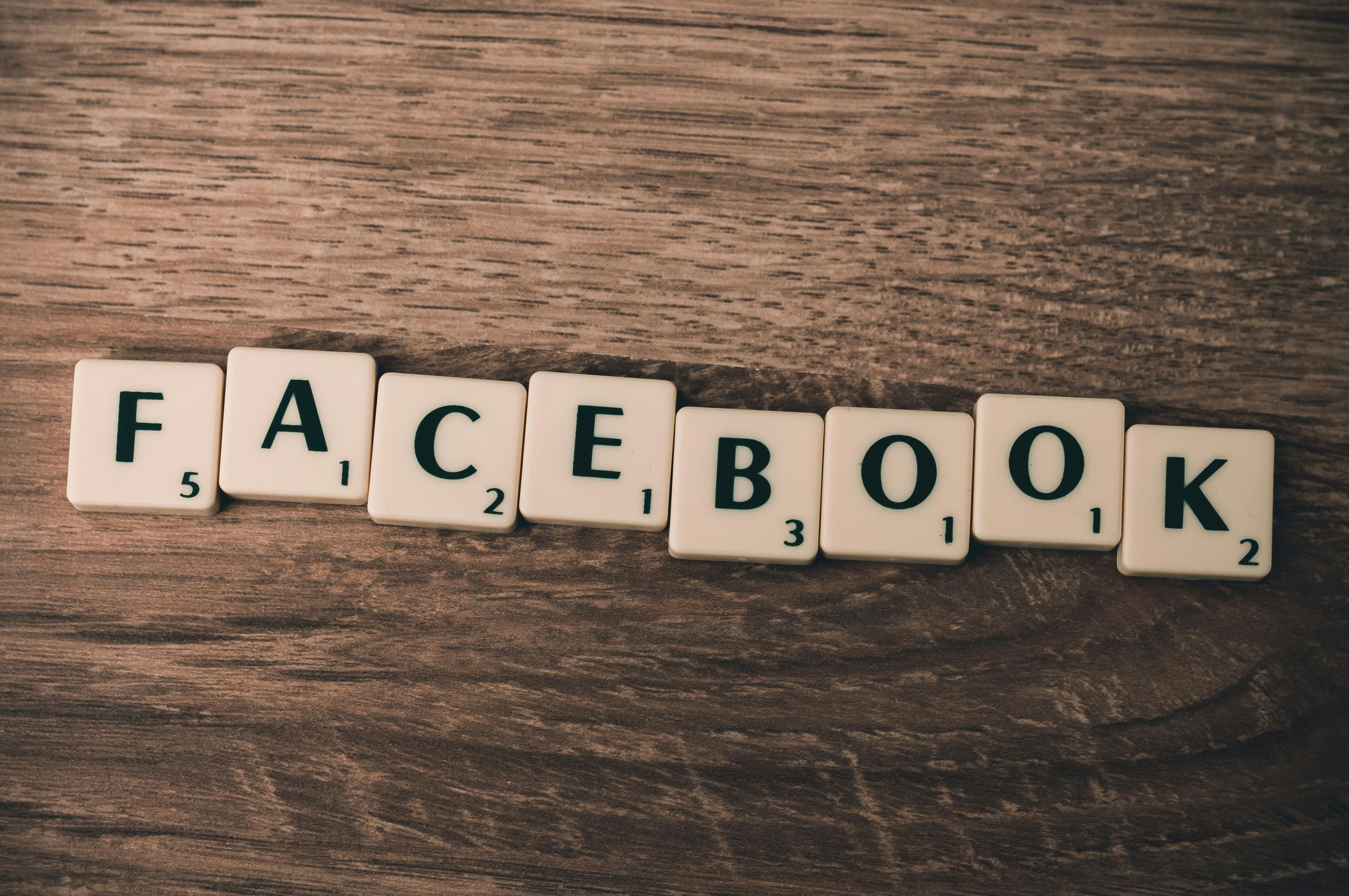In Part 1, I discussed how Twitter’s core function had changed (or evolved depending on your point of view) from a social networking site to a feed of commentary and link streaming designed to sell, brand, promote, and gain followers.
So, after reading the article above, have you either thrown your hands in the air deciding that Twitter is nothing more than a group of people focused solely on their own success, or been intrigued by the dynamics of an ever-changing online environment.
If the former describes you, it would be hard to argue against your position. Many people, myself included, have spent a lot of time looking at Twitter feeds wondering what our lives have become. This is worth it? Are there other ways to get new customers? The answer is yes. Keep in mind that businesses were successful long before Twitter came along. And while Twitter has been used as a successful marketing tool, any business that is legitimately capable of competing in the marketplace need not rely on it.
But that doesn’t mean it’s worth walking away from Twitter. Like any other form of media, understanding how to use it to convey a message and how others use it to receive that message can help you make an informed decision about whether it’s right for you.
While I had a Twitter account for about a year, I spent many months following and unfollowing people of various genders before starting my own Twitter campaign. I’ve read tweets, retweets, clicked links, tracked other people’s followers, and examined the careers of people outside of the Twitter universe. Through this, I have been able to classify tweeters into 9 unique groups:
Media Celebrities
These are people who are household names. They have earned their celebrity status from their accomplishments outside of Twitter. Oprah Winfrey, Kim Kardashian and Lance Armstrong have chosen to use Twitter as a means to communicate with their fans, maintain their name in the media and promote their companies. Just like in real life, they are very selective with whom they associate with. Many celebrities follow only a few people (or less) while having millions of followers. For most celebrities, dialogue with fans is minimal.
Twitter Celebrities
I think if it weren’t for Twitter, there would be a glut of fast food waiters and cooks. There are legions of Twitter experts, teachers, and gurus. What makes this group worth mentioning is that the vast majority of them don’t seem to have any legitimate history before their first tweet. Names like Warren Whitlock, Mari Smith, and Scott Stratten may be unknown to the average person, but they are considered stars in the world of Twitter. Their success is based on their follower list and their claims that they can show anyone how to get more followers. Just don’t spend too much time searching for their resumes.
Corporate
Businesses large and small have recently begun to understand the importance of Twitter. From Apple to Domino’s Pizza, companies that have opened up to consumers have seen their brands gain traction. Whether motivated by criticism or public relations, the corporate world is seeing Twitter as an effective sales and customer service tool.
experts
Every industry has its experts. And many of them love to tweet their opinions or links to relevant articles and websites. Occasionally experts can become celebrities, like Bill Gates, while celebrities can also become experts, like Al Gore did.
climbers
Twitter has created a unique opportunity for people who would otherwise go unheard or noticed to now reach millions of people, all while sitting behind a desk in their pajamas. For some, their egos have soared and they have focused on achieving the same social status on Twitter that they could never achieve in person. They will tweet what gets the best response. Comments, followers and retweets are the fruits of victory. A lucky few have found success parlaying their Twitter fame into business consulting and speaking opportunities.
sellers
It has been said that everyone has something to sell. The question is how obvious you want to be about it. On Twitter, both businesses and individuals advertise deals, limited-time offers, loyalty programs, and MLM schemes. They usually follow others in the hope that they will follow them. His tweet frequency is usually frequent.
hikers
What is there to eat? Believe it or not, there are still people who will gladly share that information and many more who will listen. Rambling is a tweet about nothing. A new jacket you bought, a movie you saw, or just a comment about the weather. Celebrities, pundits, and salespeople may become hikers at some point. While I generally don’t like to ramble, I noticed I got the best response when I tweeted about having to spend an entire day alone with my two young children. So maybe a little digression isn’t so bad.
collectors
First it was Facebook friends, now Twitter followers. In the eyes of some, the numbers don’t lie. Someone with 10,000 followers must be ten times more popular than someone with 1,000 followers, right? For any marketing expert, the question is not “how many” but “who”.
Public
Some people are just content reading Tweets without feeling the need to contribute. And this is perfectly fine. Those they follow can be an ever-changing mix of news, celebrities, or anyone they find interesting.
Which do you want to be? Who do you want to reach? I am a firm believer in being true to yourself, especially when it comes to marketing on a personal level. If you try to be what you think people want you to be, you end up attracting no one. If you have knowledge in a specific field or have a unique style, let that show through your tweets. Don’t worry about trying to be like everyone else. That’s a great way to blend in. And if you want to be noticed, you cannot go unnoticed.
My suggestion to any business looking to dive into the Twitter “pool” is this: Add value to your marketplace. Focus on who you want to follow and provide tweets that that group will read. With all the people posting links to silly YouTube videos, or retweeting articles that have already gone around the Twitter universe twice, a Twitter feed sending out relevant and interesting tweets is like a breath of fresh air. People will follow, listen to, and retweet their own followers.
Here are 11 tips I would suggest to anyone looking to incorporate Twitter into their marketing program:
- Be yourself. Talk about what you know and what interests you. Then you will attract followers who share your passion.
- Follow others who are in your industry, plus anyone else you find interesting (like Conan O’Brien). After all, it is your account.
- As per tip #2, only retweet items that are relevant to your industry. Forget nonsense, even if you find it funny. Let your followers get those things from other people than they expect them from.
- Encourage dialogue. Compliment people in interesting tweets. Or post open ended questions about what’s going on in your industry or company.
- Thank people for retweeting your stuff. This is also a great way to start the dialogue.
- Focus your tweets. If you’re a local restaurant, tweet about new dishes and specials, not the state of the housing market.
- Don’t worry about the number of followers you have. In many cases, people with thousands of followers are still not being read.
- While linking tweets to other sites is fine, original content from your own site is always better. It will help you establish yourself as an expert and drive mineral traffic to your site.
- Your site is the backbone of your online marketing. She relinks to it often in his tweets. Just make sure there is great content. A link to your home page will not suffice.
- What are you giving away? Are you entertained? Can you teach something? These are the reasons why people will follow you. Don’t assume that being a nice guy is enough.
- Mention your Twitter account in all your marketing materials.
Remember, like all forms of social networking on the web, Twitter is continually evolving and changing. Whether this change is for the better or for the worse depends only on what you are looking to get out of it. The most important thing is that you stick to your ideals, beliefs and business strategies. Maintaining these common traits between all forms of social marketing, conventional marketing, and how you interact with customers is the key to long-term success, regardless of the status of your Twitter account.



